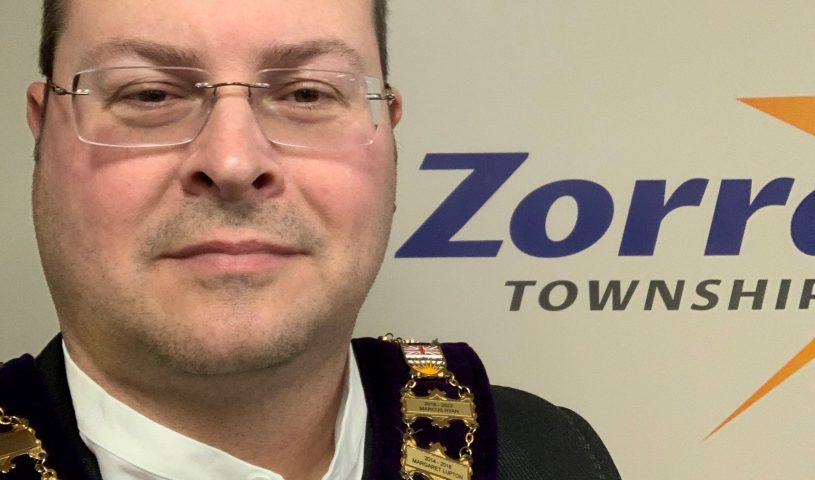The many faces and sizes of main street revitalization

Downtowns, main streets, and “four corners” are all areas that often anchor the local economy. As such, finding funds to improve municipal infrastructure and/or aesthetic appeal is of great concern for many communities across Canada, large, small, or mid-sized.
At the 2019 Rural Ontario Municipal Association Conference in Toronto, three economic development experts spoke on the Ontario Ministry of Agriculture, Food and Rural Affairs (OMAFRA) Main Street Revitalization Initiative, explaining the ins and outs of the program, and what municipalities can do to make the most of the funds available to them.
Main Street Revitalization Funding
As of January 28, 399 municipalities had received $23.6 million for revitalization initiatives, according to Adam Garcia, an Association of Municipalities of Ontario program analyst for the Main Street Revitalization Initiative. The most common projects were:
- streetscaping improvements;
- implementing façade improvement programs under community improvement programs;
- purchasing and/or installing signage to improve wayfinding;
- improvements to parks and recreation; and
- renewal or restoration of heritage/historical buildings and monuments.
Other initiatives were for public art projects, public Wi-Fi, creating public squares, and purchasing assets for recurring festivals (i.e., Christmas decorations and sound/lighting equipment).
Balanced Approach to Improving Downtowns
Downtown revitalization requires strategic planning and training, said OMAFRA economic development specialist Darren Shock. The effort, he explained, requires a “balanced approach to improving social, economic, and physical aspects of downtown.” He also said such an approach focuses on the economic development, leadership, and marketing of a downtown, promoting overall community-wide benefits of a healthy downtown.
Garcia explained many small municipalities do not have a discernible main street, downtown, or “four corners” – or have limited commercial activity. The challenge, he said, is how do small municipality with no downtown undergo a main street revitalization initiative? The answer, Garcia said, is to target the built-up areas of the municipality – their small hamlets and villages. These communities can undertake a number of projects, including:
- improving the local tourism industry by updating parks and recreation facilities, as well as historical sights and monuments;
- developing or creating public spaces where people may gather to hold events, festivals, or markets; and
- improving wayfinding to highlight locations of interest.
Preserving Heritage, Supporting Local Business
Zach Gable, Haldimand County senior development officer, said rural business and tourism community improvement plans can be built on previous efforts. This can be done by reforming zoning by-laws to add value to agriculture, or repurposing heritage and historical buildings with commercial use to not only preserve these buildings, but also support local business and the local economy. MW
Cassidy Meath is Assistant Editor for Municipal World. After receiving their graduate certificate in Publishing: Book, Magazine, Electronic from Centennial College, Cass gained experience in editing, proofreading, and fact checking through their work with John Wiley & Sons and tbk Creative.
Related resource materials:



